Training your furry friend is an essential part of pet ownership, and teaching your dog to sit is one of the foundational commands in dog obedience.
This skill is not only crucial for their behavior but also enhances the bond between you and your pet.
Here’s a revamped guide to help you effectively teach your dog the basics of sitting on command.
Understanding the ‘Sit’ Command in Dog Training

When instructing your dog to sit, it’s vital to convey the message of discipline and obedience, not just as a trick.
Establishing yourself as a leader in your dog’s eyes is key to successful training.
Ensure that your dog perceives the ‘sit’ command as a directive to settle down calmly and attentively.
Simplifying the Command: The Power of ‘Sit’
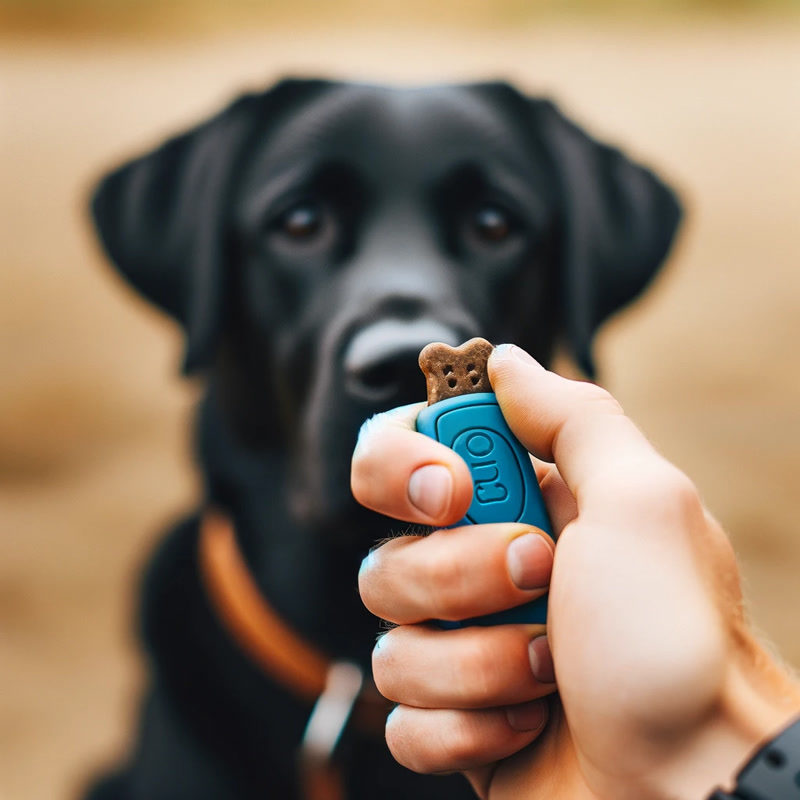
‘Sit’ is a universally understood and straightforward command that even the most novice dogs can learn.
Some trainers prefer to incorporate clickers for more effective training.
A clicker, coupled with a treat, can help your dog associate the clicking sound with the positive reinforcement of receiving a treat, making them more eager to obey.
Consistent Rewards: The Treat Strategy
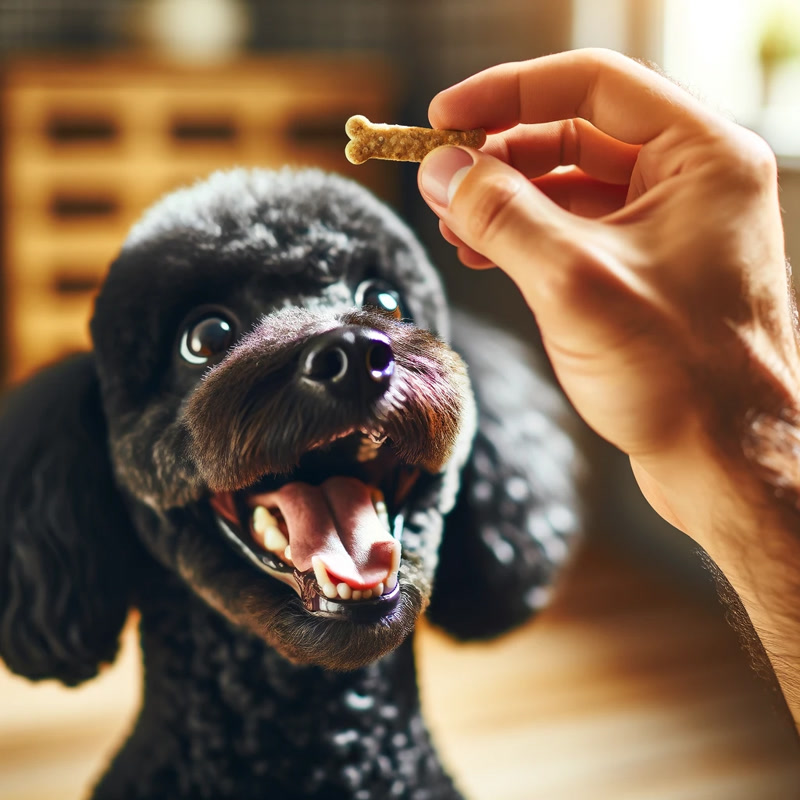
Always have small treats ready during training sessions.
These rewards are not just about giving your dog something tasty; they’re part of the learning process, reinforcing good behavior immediately.
As your dog progresses, you can gradually replace treats with praise and affection, maintaining their motivation and focus.
Optimizing Training Sessions: Short and Sweet
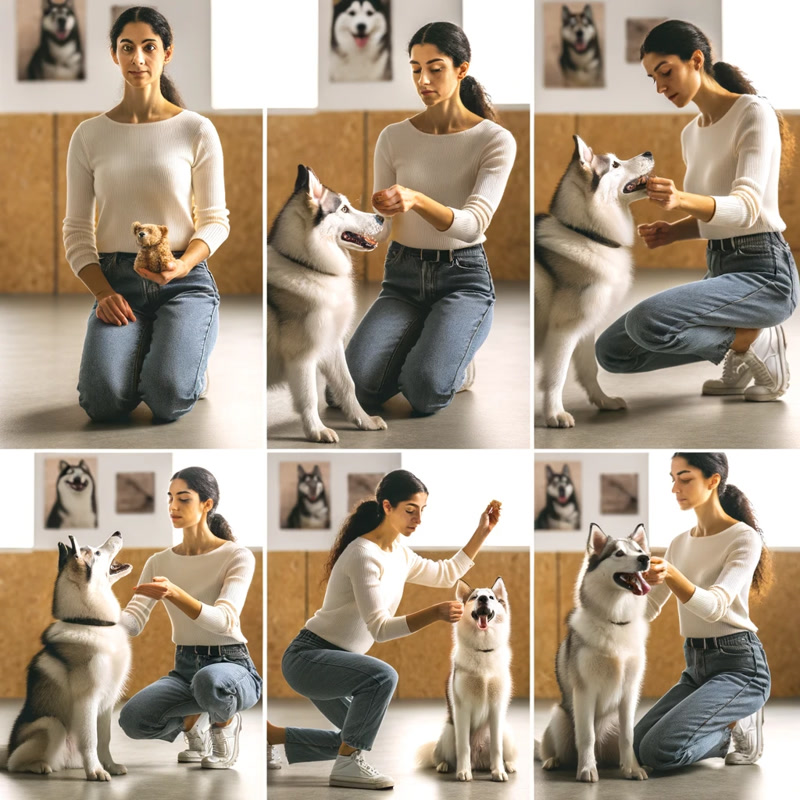
Long training sessions can exhaust and bore your dog, leading to less effective learning. Instead, opt for short, engaging sessions spread throughout the day.
This approach keeps the training dynamic and efficient, allowing your dog to learn quicker without feeling overwhelmed.
Physical Guidance: The Nose-to-Butt Connection
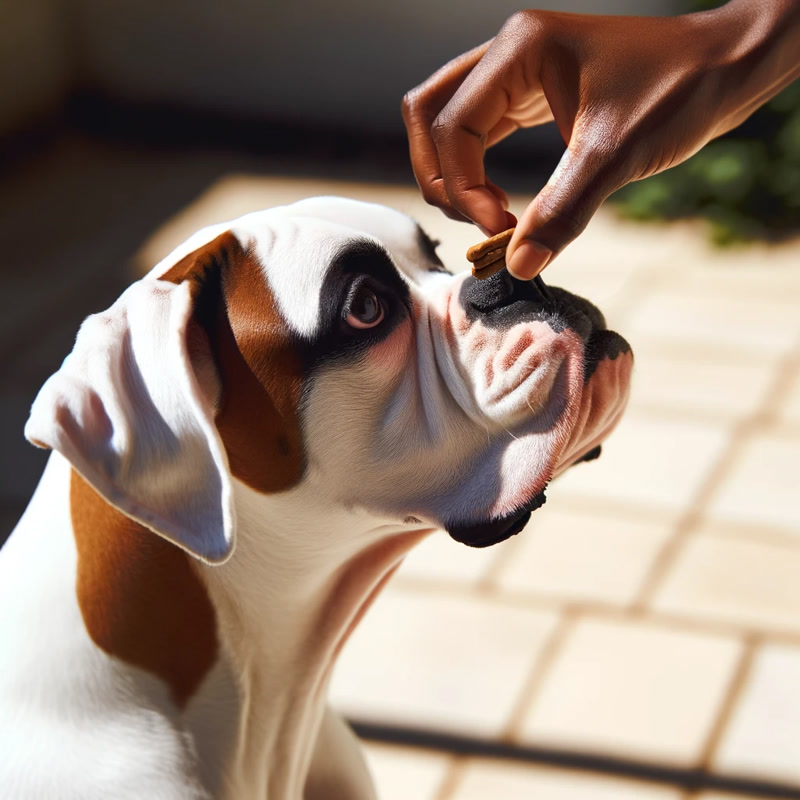
Many dogs naturally follow their nose, and you can use this to your advantage.
By holding a treat near your dog’s nose and slowly lifting it up, you can guide them into a sitting position as they follow the treat upwards.
This method is especially effective for visual or scent-driven dogs and can be gradually phased out as they master the command.
By incorporating these strategies into your dog training routine, you’ll find that teaching your dog to sit is not only achievable but also a rewarding experience that strengthens your bond.
Remember, consistency, patience, and positive reinforcement are the keys to successful dog training. Happy training!



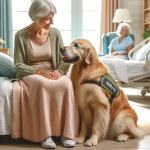


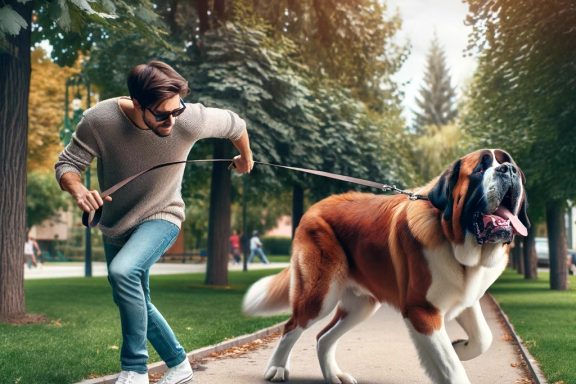
No Comments